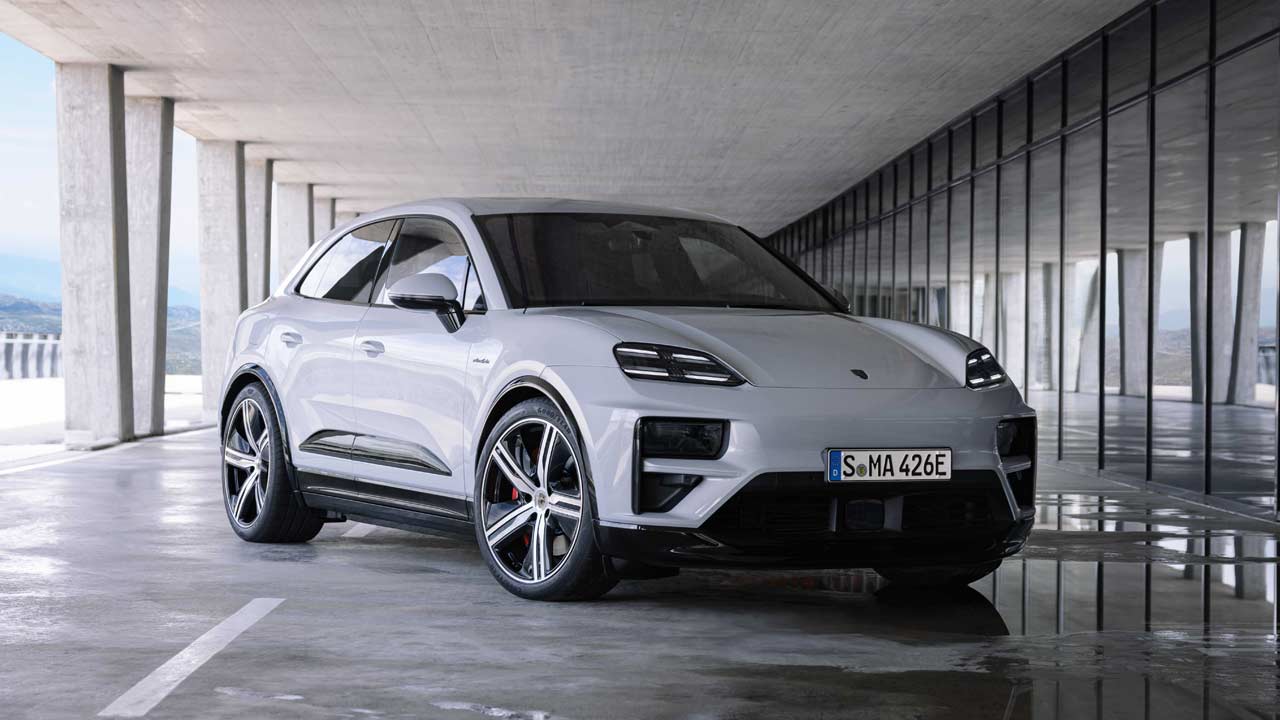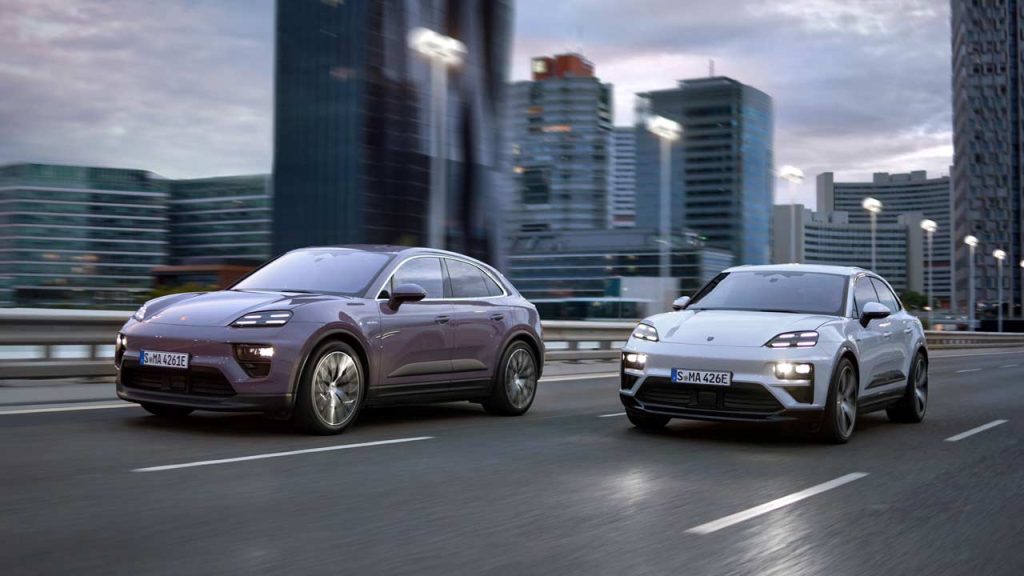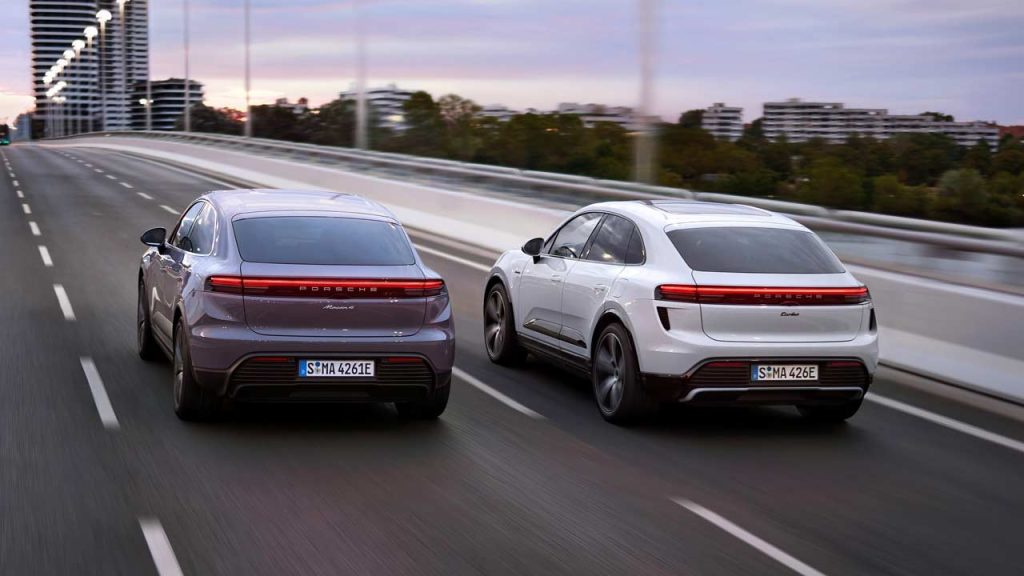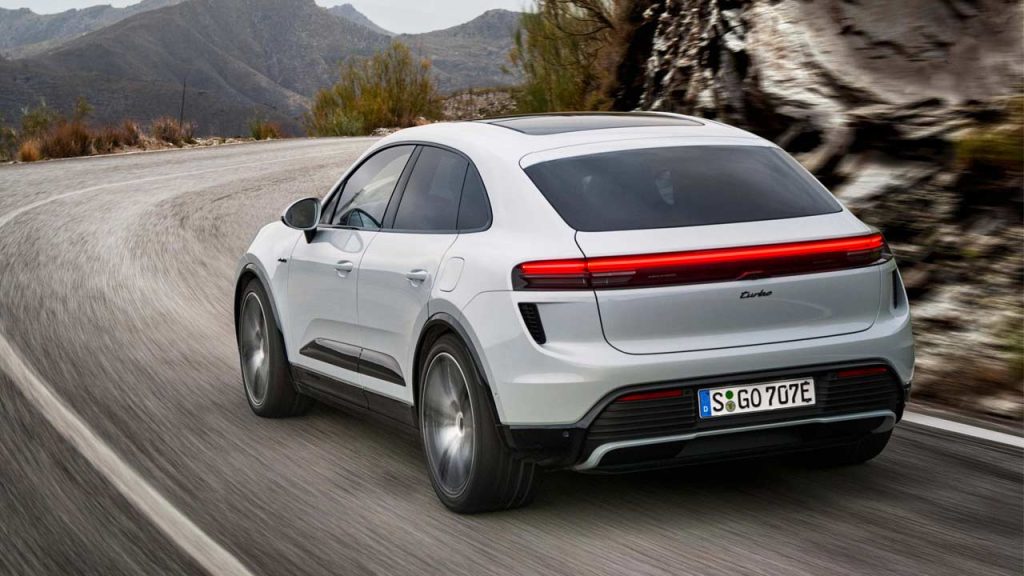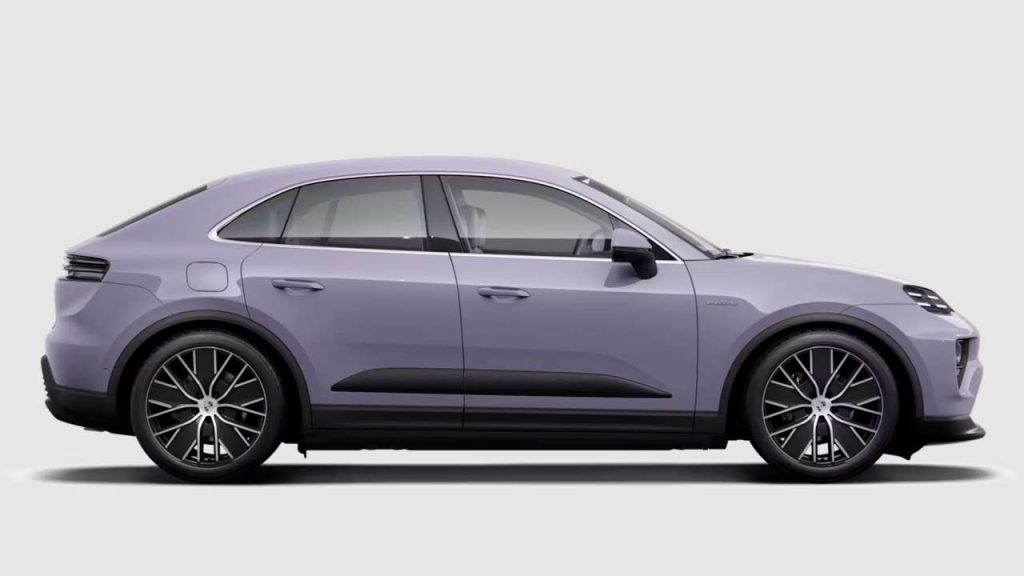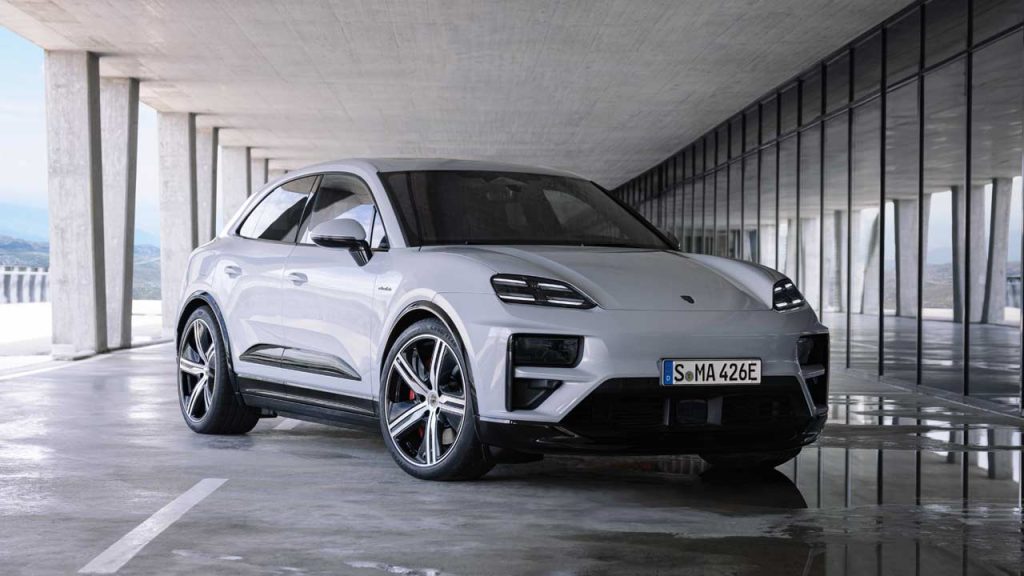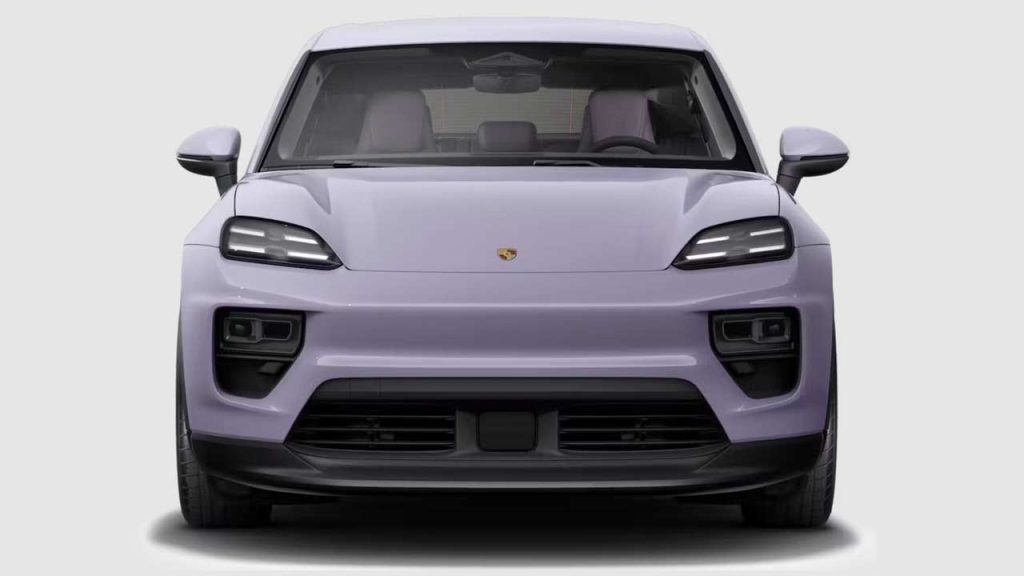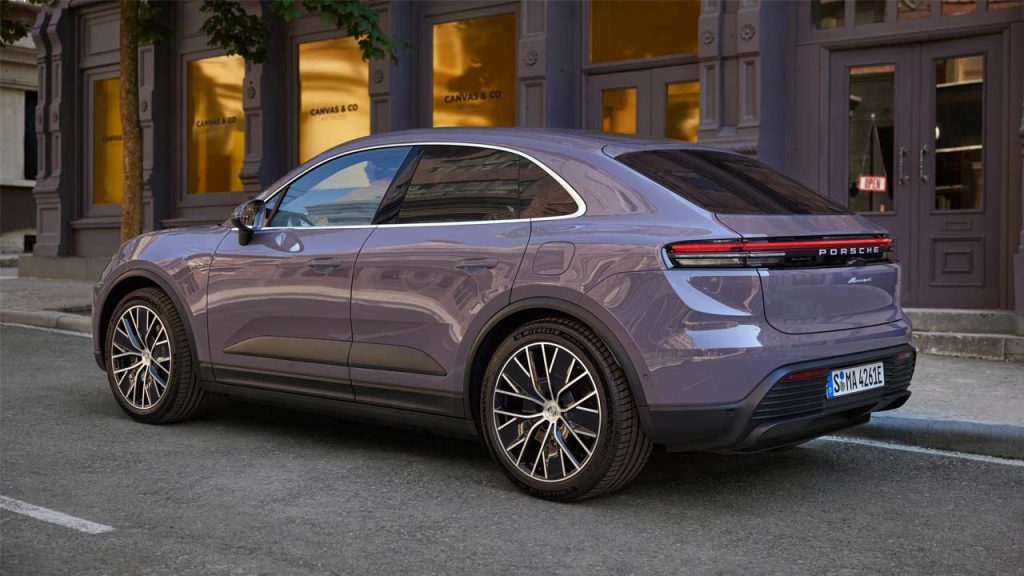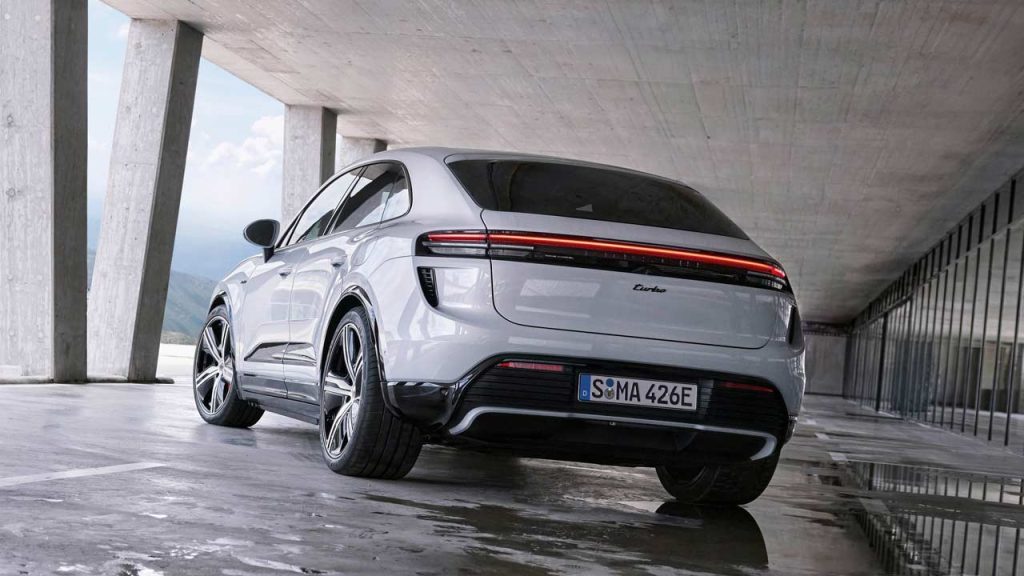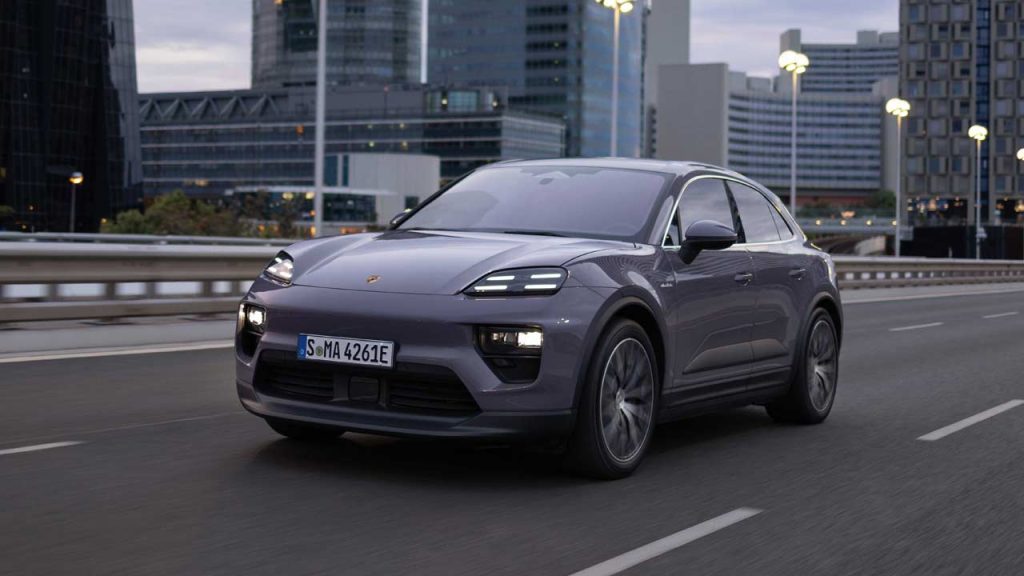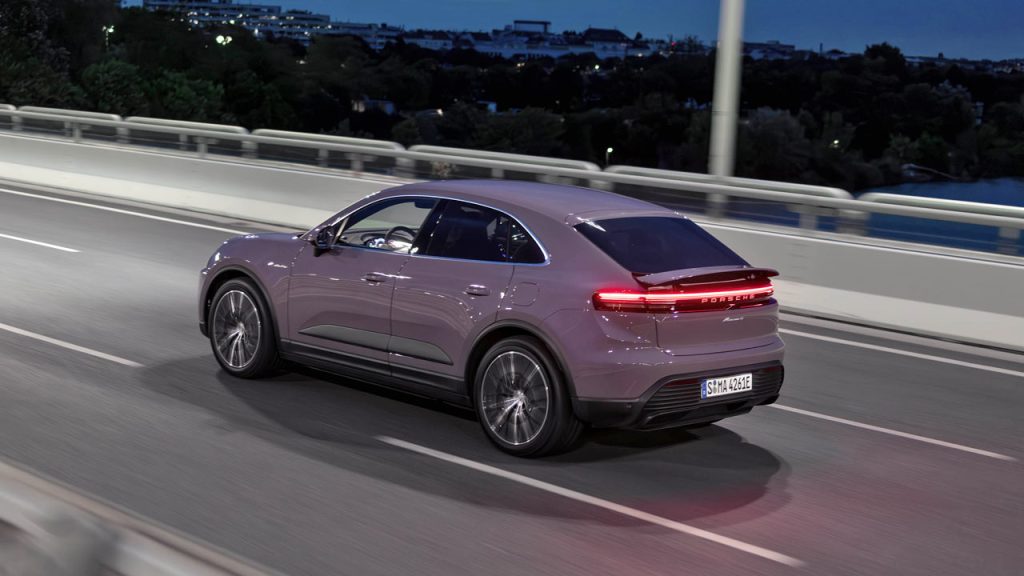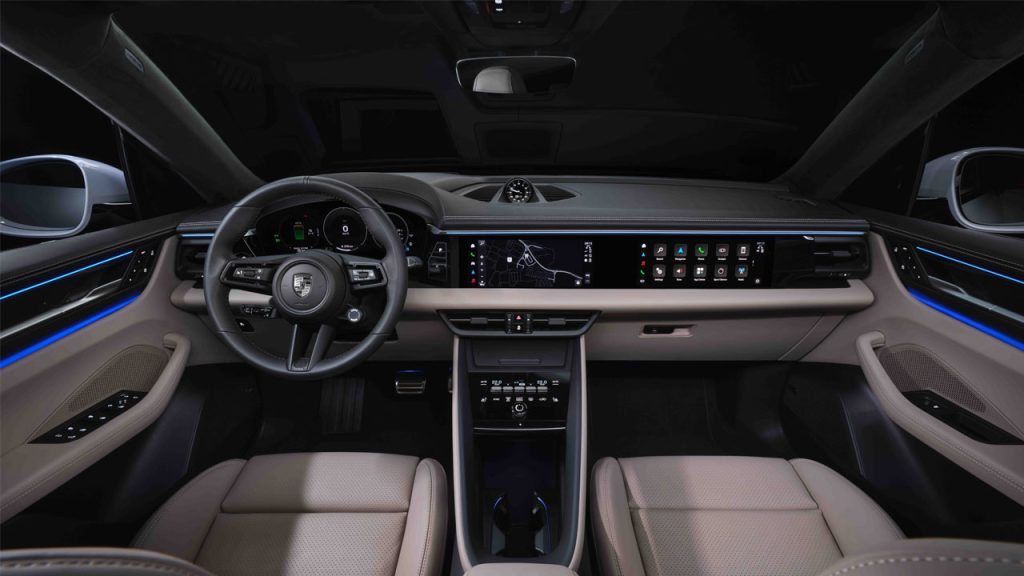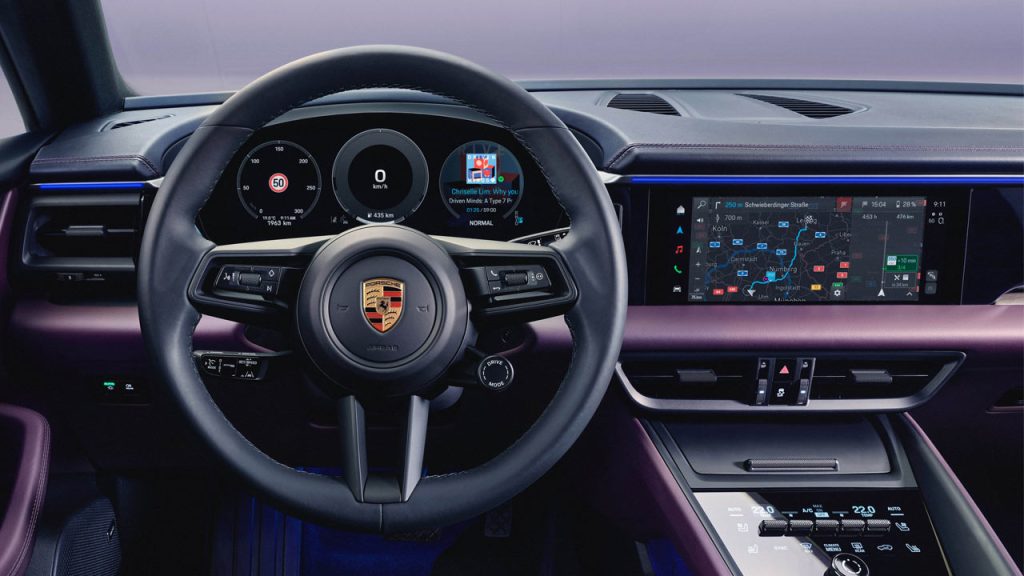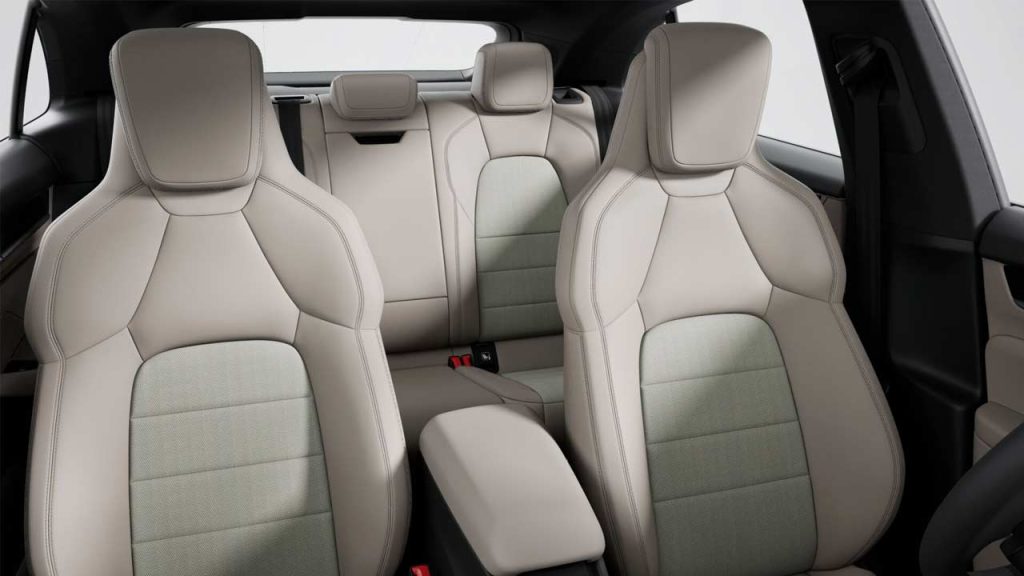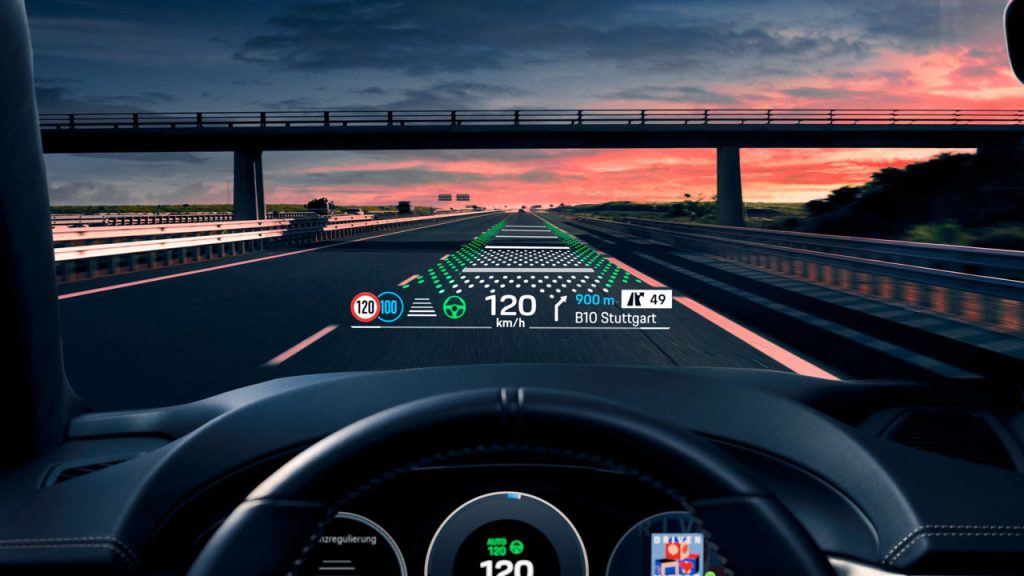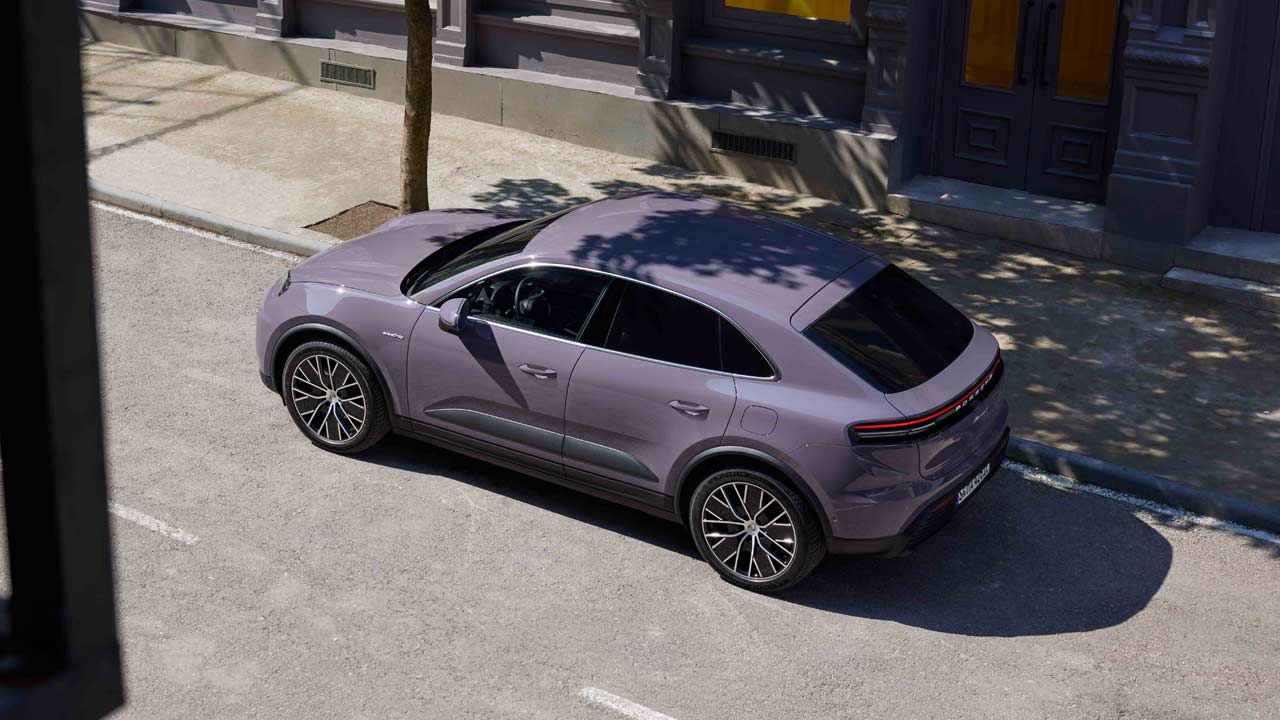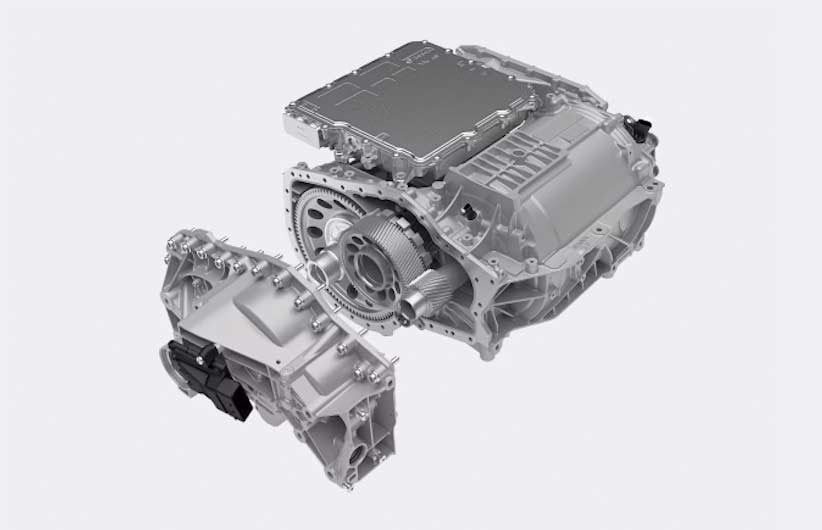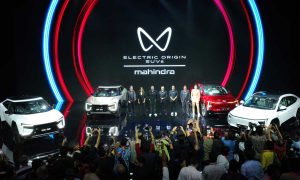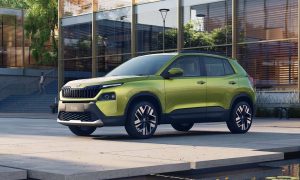Again, it’s a metaphorical “Turbo”.
When the Taycan made its debut in late 2019 with a “Turbo” moniker, there was quite a bit of controversy, but if anything we’ve learned in recent years, the marketing/PR team of any organization considers certain controversies as something for people to talk about (i.e, staying in the news) and therefore an advantage. And so, Porsche’s second all-electric offering, the second-gen Macan is here, with prices in Germany (including VAT) starting at €84,100 for the Macan 4 Electric and €114,600 for the Macan Turbo Electric. There might be more variants in the future, but for now, there are only two.
As mentioned, the all-electric Macan we’re seeing in the photos here is the second-gen model—built on the new Premium Platform Electric (PPE) — developed in collaboration with Audi. In other words, all-electric versions have been prioritized for the new generation, which offers a fairly clear understanding of where things are headed in the automotive industry. It is unclear yet whether there’ll also be ICE-powered or hybrid versions of the second-gen Macan, but the plan is to continue selling the first-gen Macan—which got facelifted in mid-2021.
In terms of styling, the all-electric Macans look a bit different compared with the ICE-powered models, but it’s a clean and fuss-free design. It appears that the designers have tried to incorporate some of the styling elements from Taycan—one of the best-looking EVs in the world—in my personal opinion. I think the Taycan is so well designed that it looks fast even when standing still. And so, it makes sense to use Taycan as a benchmark when it comes to design decisions. Both variants of the all-electric Macan have some subtle yet noticeable differences, such as the front bumper design, those air curtain things at the back, and of course, the wheels.
Also, notice how the main headlights (matrix LEDs are optional) are cleverly concealed within those dark side intake elements of the bumper; the ones at the top are DRLs/turn signals. The Porsche Active Aerodynamics (PAA) system includes active cooling flaps on the front air intakes and an adaptive rear spoiler. Drag co-efficient is 0.25 Cd.
For those interested to know the dimensions, the SUV measures 4,784 mm long (+103 mm), 1,938 mm wide (+15 mm) and 1,622 mm high (-2 mm), with a wheelbase of 2,893 mm (+86 mm). Up to 22-inch wheels in various designs are available (20-inch standard).
The interior design is fairly clean and minimalistic, but thankfully, there are a decent amount of physical controls—especially on the centre console—such as those we saw in the 2024 Panamera. Key highlights inside include a 12.6-inch cluster, a 10.9-inch central touchscreen, an optional 10.9-inch front passenger display, and an AR head-up display where the image appears to the driver at a distance of 10 metres and corresponds to the size of an 87-inch display. As is the case with most new cars these days, the infotainment system is based on Android Automotive OS. In addition to an interior luggage capacity of up to 1,348 litres, the all-electric Macan boasts a frunk with an 84-litre capacity.
Depending on the model and equipment fitted, the driver and front passenger now sit up to 28 mm lower than before, while the rear passengers sit up to 15 mm lower with increased legroom, Porsche said.
Other key highlights of this all-electric Macan include optional rear-axle steering (with up to 5-degrees) and Porsche Active Suspension Management (PASM) electronic damping control (standard on Turbo). PASM features dampers with two-valve technology—which is claimed to offer a wider spectrum between comfort and performance.
Moving on to the juicy bits of the story, both models are all-wheel-drive; meaning, there’s a PSM motor with a 1-speed gearbox on each axle. The Macan 4 offers a combined power output of 285 kW (387 metric hp). However, with launch control, you get up to 300 kW (408 metric hp) and 650 Nm (479 lb-ft). The official 0 – 100 km/h (62 mph) sprint time with launch control is 5.2 seconds, and the top speed is 220 km/h (137 mph). A 100 kWh battery pack (96 kWh usable) is estimated to offer a WLTP combined range of anywhere between 516 to 613 km (321-381 mi). Do note that the empty car weighs 2,405 kg (5,302 lbs) (as per EU norms).
As for the Macan Turbo Electric, well, it offers 430 kW (585 metric hp). With launch control, the numbers are 470 kW (639 metric hp) and 1,130 Nm (833 lb-ft). The official 0 – 100 km/h (62 mph) sprint time with launch control is 3.3 seconds, and the top speed is 260 km/h (162 mph). The battery pack is the same, and in this case, it is estimated to offer a WLTP combined range of anywhere between 518 to 591 km (322-367 mi). The empty car weighs (as per EU norms) 2,480 kg (5,467 lbs).
Thanks to PPE’s 800-volt architecture, DC fast-charging is possible with up to 270 kW. AC charging at up to 11 kW is possible at household wall boxes.
Production (claimed to be carbon-neutral) begins at the company’s facility in Leipzig. Deliveries are expected to commence in the second half of the year.

Leave a Reply
Note: Comments that are unrelated to the post above get automatically filtered into the trash bin.
